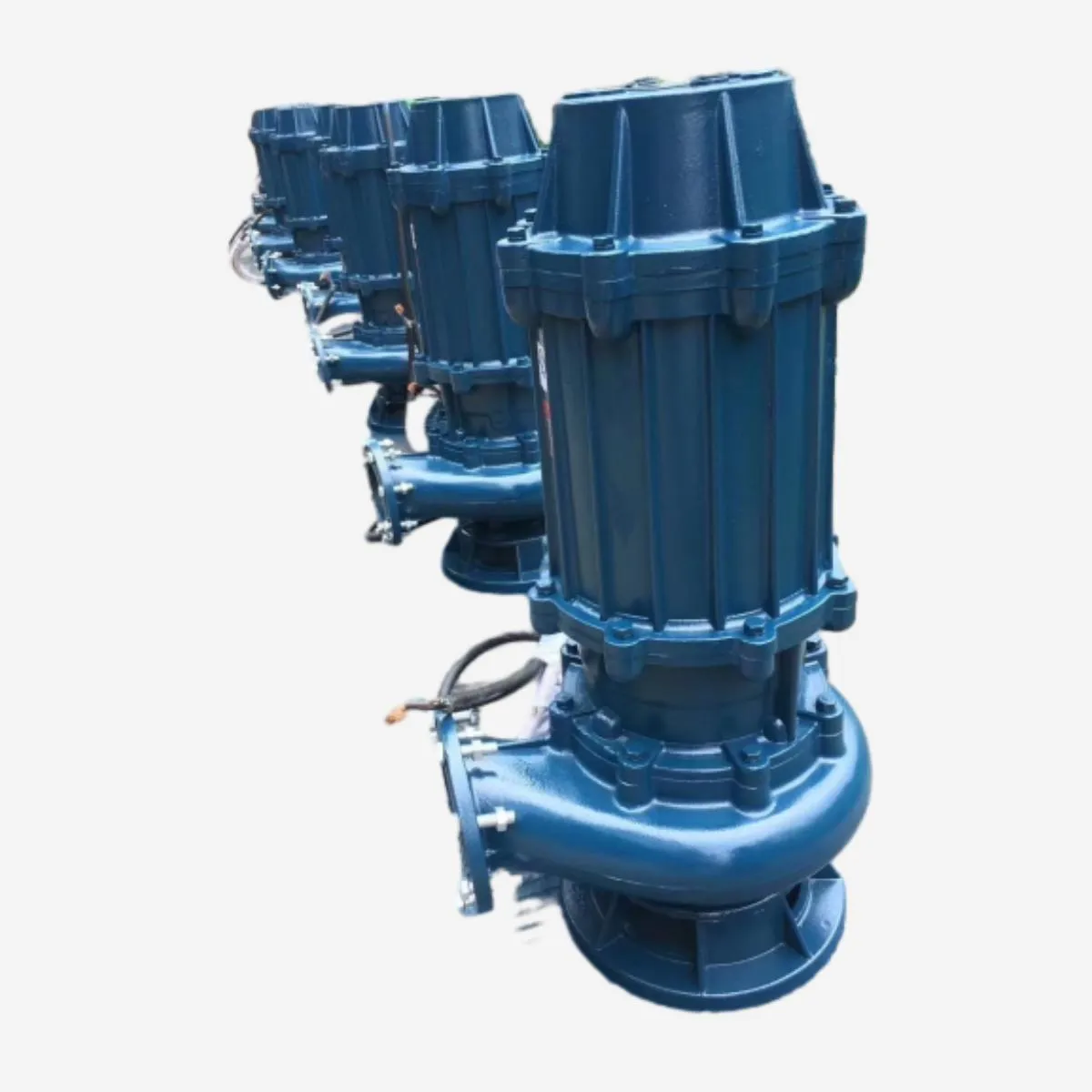English
- Afrikaans
- Albanian
- Amharic
- Arabic
- Armenian
- Azerbaijani
- Basque
- Belarusian
- Bengali
- Bosnian
- Bulgarian
- Catalan
- Cebuano
- Corsican
- Croatian
- Czech
- Danish
- Dutch
- English
- Esperanto
- Estonian
- Finnish
- French
- Frisian
- Galician
- Georgian
- German
- Greek
- Gujarati
- Haitian Creole
- hausa
- hawaiian
- Hebrew
- Hindi
- Miao
- Hungarian
- Icelandic
- igbo
- Indonesian
- irish
- Italian
- Japanese
- Javanese
- Kannada
- kazakh
- Khmer
- Rwandese
- Korean
- Kurdish
- Kyrgyz
- Lao
- Latin
- Latvian
- Lithuanian
- Luxembourgish
- Macedonian
- Malgashi
- Malay
- Malayalam
- Maltese
- Maori
- Marathi
- Mongolian
- Myanmar
- Nepali
- Norwegian
- Norwegian
- Occitan
- Pashto
- Persian
- Polish
- Portuguese
- Punjabi
- Romanian
- Russian
- Samoan
- Scottish Gaelic
- Serbian
- Sesotho
- Shona
- Sindhi
- Sinhala
- Slovak
- Slovenian
- Somali
- Spanish
- Sundanese
- Swahili
- Swedish
- Tagalog
- Tajik
- Tamil
- Tatar
- Telugu
- Thai
- Turkish
- Turkmen
- Ukrainian
- Urdu
- Uighur
- Uzbek
- Vietnamese
- Welsh
- Bantu
- Yiddish
- Yoruba
- Zulu
Telephone: +86 13120555503
Email: frank@cypump.com
Nov . 10, 2024 16:01 Back to list
Enhanced Fire Pump Design with Dual Suction Capability for Improved Performance and Reliability
Dual Suction Capability in Fire Pumps Enhancing Efficiency and Reliability
In the world of fire safety and suppression, the efficiency and reliability of fire pumps are paramount. As technological advancements continue to evolve, fire pumps with dual suction capability are emerging as a significant improvement over traditional models. These pumps are designed to draw water from two different sources, enhancing their operational efficacy and ensuring that firefighters can deliver timely and effective responses to emergencies.
Understanding Dual Suction Capability
Fire pumps equipped with dual suction capability can simultaneously draw water from two distinct supply lines or sources. This design not only increases the volume of water available for firefighting but also enhances the reliability of the water supply. In scenarios where one source may fail or become compromised, the second source can continue to provide the necessary water pressure and flow rate, ensuring uninterrupted service.
The dual suction design typically involves two inlet ports, permitting two hoses to be connected to separate water sources. These sources could include water tanks, ponds, or municipal water supplies. By utilizing both inlets, firefighters can effectively optimize the water supply, pulling from the source that is less likely to be depleted while maintaining maximum flow pressure.
Benefits of Dual Suction Fire Pumps
1. Increased Flow Rate One of the primary advantages of dual suction capability is the increased flow rate. Fire incidents often demand high volumes of water, and dual suction pumps are able to supply this critical resource more effectively than single-suction models. This enhanced flow rate can be crucial during large-scale fires, where every second counts.
fire pump with dual suction capability for enhanced ...

2. Redundancy and Reliability In emergencies, the reliability of equipment can mean the difference between life and death. Dual suction pumps offer a backup system; if one water source becomes unavailable—due to contamination, structural damage, or other reasons—the pump can seamlessly switch to the other source. This redundancy ensures that fire crews can rely on a steady supply of water throughout their operation.
3. Flexibility in Operations Firefighters often face unpredictable situations. With dual suction capability, they are afforded greater flexibility in choosing water sources based on the circumstances at hand. This adaptability allows for a faster and more efficient response, tailored to the specific needs of each incident.
4. Enhanced Performance in Challenging Environments Many firefighting scenarios occur in areas with limited access to water supply or in extreme conditions, such as wildfires. Dual suction pumps can draw from different environments, ensuring that firefighters can maintain performance even when traditional water sources are compromised.
5. Reduced Pump Strain By distributing the workload between two suction sources, dual suction pumps can reduce the strain on the pump itself. This not only extends the lifespan of the pump but also minimizes the risk of mechanical failure, allowing for safer and more reliable operations.
Conclusion
As fire safety remains a top priority for municipalities and organizations worldwide, the adoption of advanced technologies such as dual suction capability in fire pumps is becoming increasingly relevant. These pumps not only enhance the efficiency of water supply during emergencies but also improve reliability and operational flexibility.
Investing in dual suction fire pumps represents a proactive approach to fire safety, ensuring that firefighters have the best possible tools at their disposal when responding to life-threatening situations. With the capability to draw from multiple water sources, these pumps are transforming the landscape of fire suppression, empowering firefighting teams to save lives and protect property more effectively than ever before. Ultimately, the integration of dual suction capability into fire pump design is a testament to the continuous pursuit of innovation in fire safety technology, setting a new standard for reliability in emergency response.
-
ISG Series Vertical Pipeline Pump - Chi Yuan Pumps Co., LTD.|High Efficiency, Energy Saving, Low Noise
NewsJul.30,2025
-
ISG Series Vertical Pipeline Pump- Chi Yuan Pumps|High Efficiency&Low Noise
NewsJul.30,2025
-
ISG Series Vertical Pipeline Pump-Chi Yuan Pumps Co., LTD.|High Efficiency&Energy Conservation
NewsJul.30,2025
-
ISG Series Vertical Pipeline Pump - Chi Yuan Pumps Co., LTD.|Advanced Hydraulic Design&Energy-Efficient Solutions
NewsJul.30,2025
-
ISG Series Vertical Pipeline Pump - Chi Yuan Pumps Co., LTD.
NewsJul.30,2025
-
ISG Series Vertical Pipeline Pump - Chi Yuan Pumps Co., LTD.|energy-efficient fluid handling&industrial durability
NewsJul.30,2025










